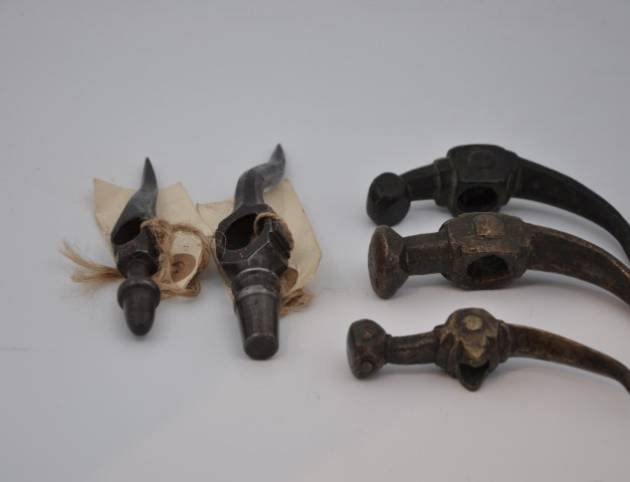
History and Usage
- Teberler Usually with a metal head and a long handle, tebers were used as melee weapons in warfare. In many cultures, from ancient times to the Middle Ages, tebers were important as a sign of both military power and personal courage.
- Scepters: Scepters are long sticks or rods carried by religious leaders, magicians or members of royalty in various cultures, often representing authority or sacred powers. Scepters may have various decorations, symbols or stones on them, and these details emphasize the status or role of the bearer.
Areas of Use
- Tebers Used on battlefields and for personal protection. It is also considered a symbol of strength and courage.
- Scepters: Used in ceremonial events, religious rituals and royal ceremonies as a symbol of authority and power.
Hammerıum
Tebers and Staffs
Tebers and staffs are traditional tools that have been used throughout history for both ceremonial and practical purposes. They are often considered symbols of leadership, authority and power. Teber was often designed as a tool of war, while staffs were used in more symbolic and ceremonial roles.

Characteristics and Types
- Material: Tebers are usually made of metals such as iron and steel, while staffs can be made of wood, metal or precious materials.
- Design: Teber heads usually have sharp and cutting edges, while the design of wands focuses more on aesthetic and symbolic features.
- Decorations: Scepters can be personalized with carvings, gemstones and symbols. Tabers, on the other hand, are designed more for functionality, although some may be decorated especially for high-ranking or important people.


